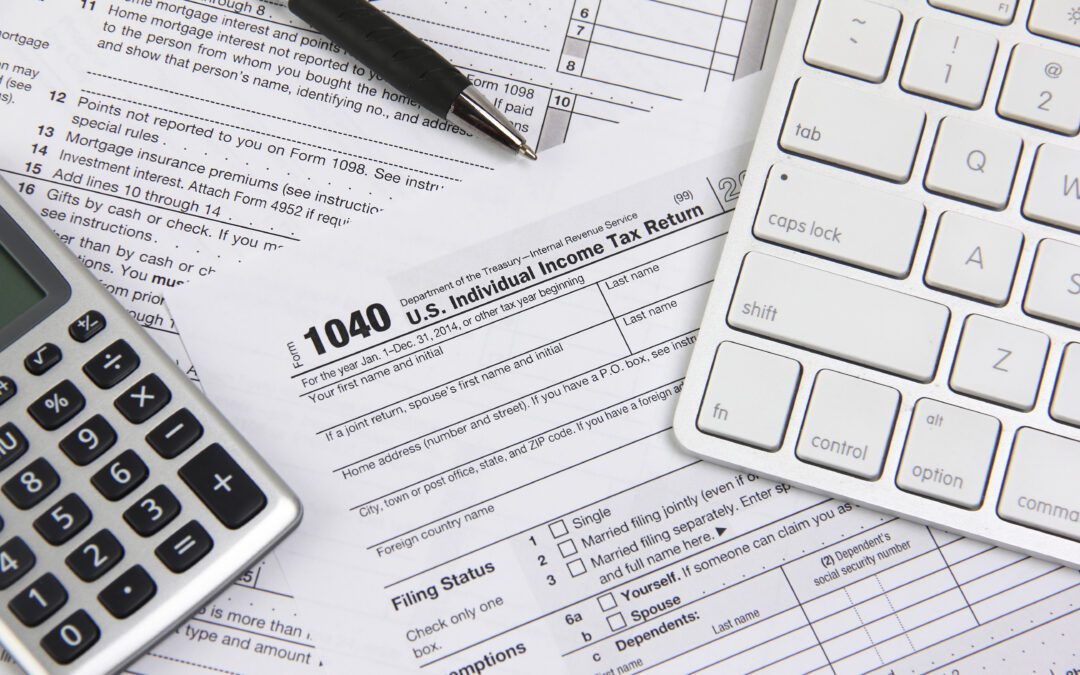IRS Issues Guidance on Section 174 – No Form 3115 for 174 R&E Costs:
Rev. Proc. 2023-11 has been issued by the IRS, offering simplified procedures for the first taxable year starting after December 31, 2021 (so calendar year taxpayers’ year 2022). Instead of filing Form 3115, taxpayers can now include a statement with their tax returns. The statement should contain the following information:
- Description of the types of section 174 expenditures.
- Amount paid or incurred during the year.
- Declaration stating that the expenditures are capitalized and amortized in accordance with Section 174 and that the change is being implemented on a cut-off basis.
But what are Section 174 Costs?
Companies are struggling with this issue even though Section 174 has been around for quite some time. But implementing a 174 ‘study’ is novel to many companies.
Moreover, if the company is developing software, then effective from tax years commencing after December 31, 2021, significant changes have been introduced regarding the tax treatment of software-development expenses. These modifications, guided by the Internal Revenue Code (IRC) Section 174, have eliminated the previous deductibility of such expenses under Rev. Proc. 2000-50. Instead, all software-development expenditures are now categorized as research and experimentation (R&E) expenses. Thus, the familiar practice of deducting software-development expenses in the year they are paid or incurred, as permitted by Rev. Proc. 2000-50, is no longer applicable. Instead, these costs must be treated as R&E expenses under IRC Section 174. This change signifies a departure from the previously available accelerated deduction approach.
Treatment of Acquired or Licensed Software:
It’s important to note that the tax treatment of acquired or licensed software remains unaffected by the shift introduced by IRC Section 174. These expenses continue to be governed by the provisions outlined in Rev. Proc. 2000-50. Therefore, businesses can still enjoy the advantage of a more rapid deduction for such costs, maintaining the accustomed deductibility practices.
What about other costs besides software? Understanding the Broad Scope of Experimental Costs and Capitalization Requirements in R&E Activities
The concept of “experimental” within the realm of research and experimentation (R&E) carries a broad and encompassing definition. This definition extends to cover various costs incurred during activities aimed at reducing uncertainties associated with the development or improvement of a business component. The scope of these costs spans a wide range of elements, including products, processes, formulas, inventions, techniques, patents, and similar properties. It encompasses products intended for use within the taxpayer’s trade or business, as well as those held for sale, lease, or license.
Expanding the Definition:
According to Treasury Regulation Section 1.174-2(a)(1) and (3), the term “experimental” is intentionally generic to encompass a wide array of activities. It pertains to costs incurred in the pursuit of knowledge that eliminates uncertainties tied to the development or enhancement of a business component. This component can take the form of a product, process, formula, invention, technique, patent, or any other comparable property.
Inclusion of Direct and Indirect Expenses:
The recent changes in regulations now require the capitalization and amortization of R&E costs. It’s important to note that the costs subject to capitalization extend beyond just employee salaries directly involved in R&E activities. Indirect overhead expenses, such as rent, depreciation, utilities, supplies, and other related expenses, are now also required to be capitalized and amortized.
A Broader Perspective:
These new requirements signify a significant shift in the treatment of R&E costs. Businesses must now consider the comprehensive range of expenses incurred during the experimental phase of product development or improvement. This includes both direct costs related to employee salaries and indirect overhead expenses that contribute to the overall research process.

